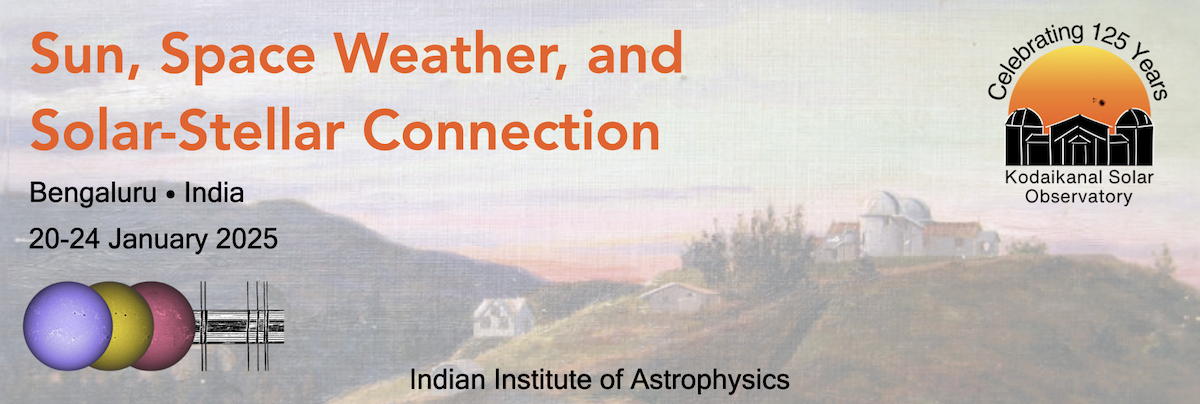Speaker
Description
This talk reviews recent accomplishments and current status of dynamic high-resolution high-cadence measurements of coronal magnetic field and plasma parameters in solar flares. Such measurements are of exceptional importance, particularly because release of the magnetic energy due to reconnection is believed to drive such transient solar phenomena as solar flares, eruptions, and jets. This energy release should be associated with a decrease of the coronal magnetic energy, which implies a decrease of the magnetic field. Quantitative measurements of the evolving magnetic field strength in the corona are required to find out where exactly and at which rate this decrease takes place. The only available methodology capable of providing such measurements employs microwave imaging spectroscopy of gyrosynchrotron emission from nonthermal electrons. Here, we present and review microwave observations of several solar flares showing spatial and temporal changes in the coronal magnetic field in the flare volume including flaring loops and the cusp region. In large flares the flaring magnetic field shows a prominent decay over a large coronal volume. The typical decay rate of the magnetic field is several Gauss per second, which continues at a given location for one-two minutes. Spatially resolved maps of the nonthermal and thermal electron densities derived from the same microwave spectroscopy data set allow us to detect the very acceleration site and also produce maps of such important physical parameters as Alfven speed and plasma beta in the flare volume. Using stereoscopic observations from different vantage points, these maps are converted to 3D measurements, thus, adding earlier unavailable constraints for 3D models. We discuss implications of these new findings for understanding the solar flare phenomenon including details of the energy release, particle acceleration process, and coronal waves.
| Contribution Type | |
|---|---|
| Theme | Solar Magnetism in High-Resolution |

